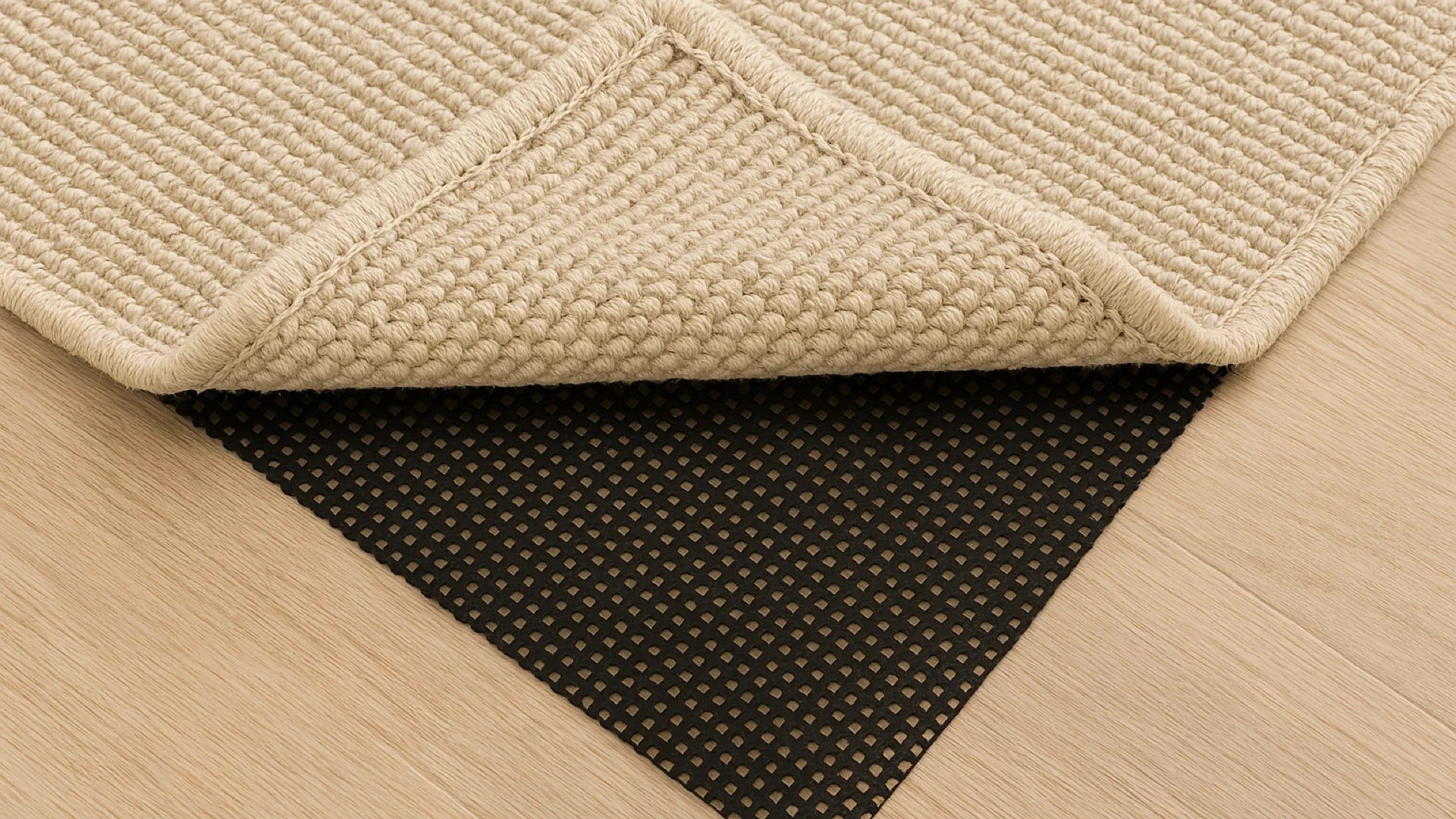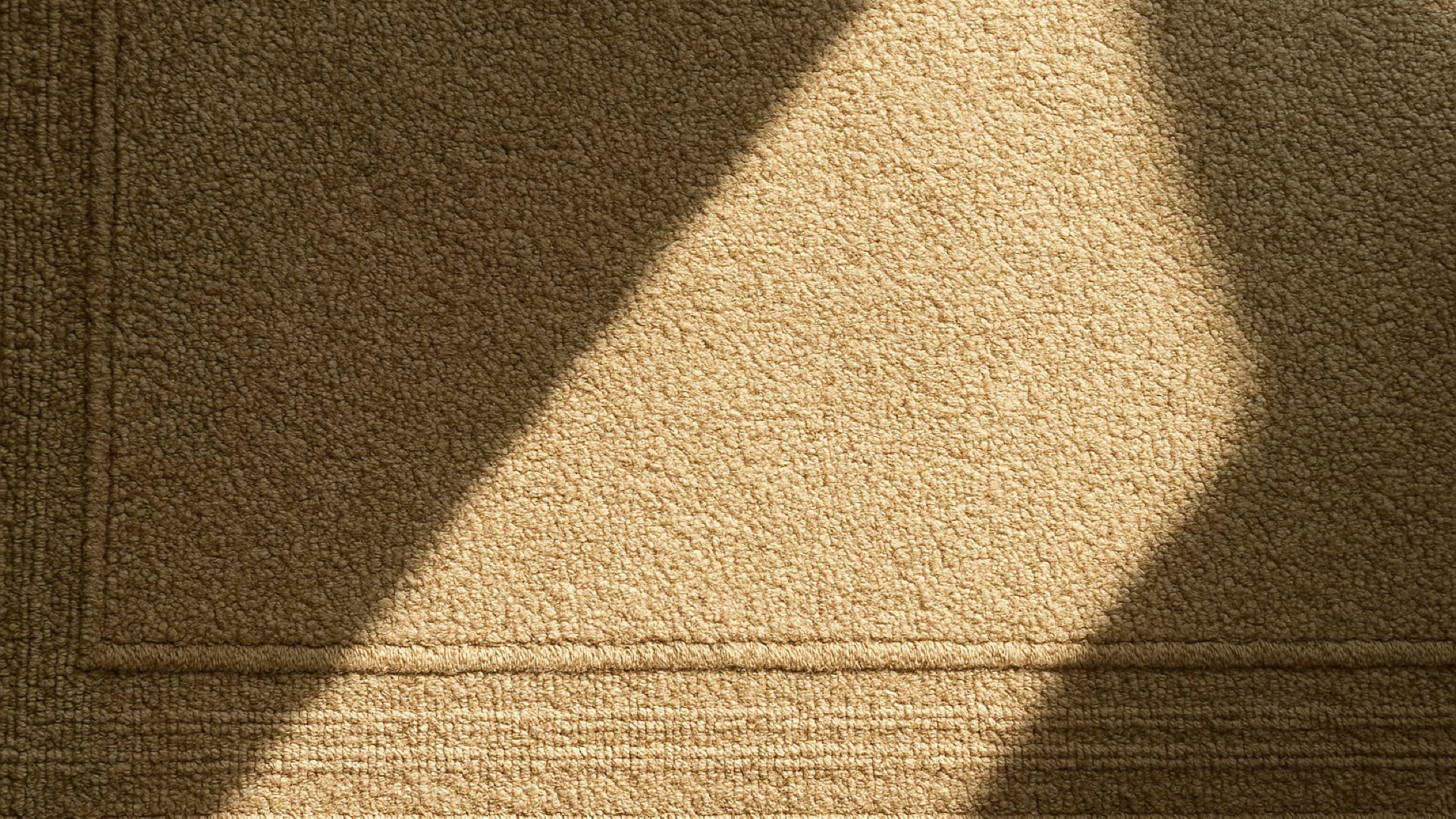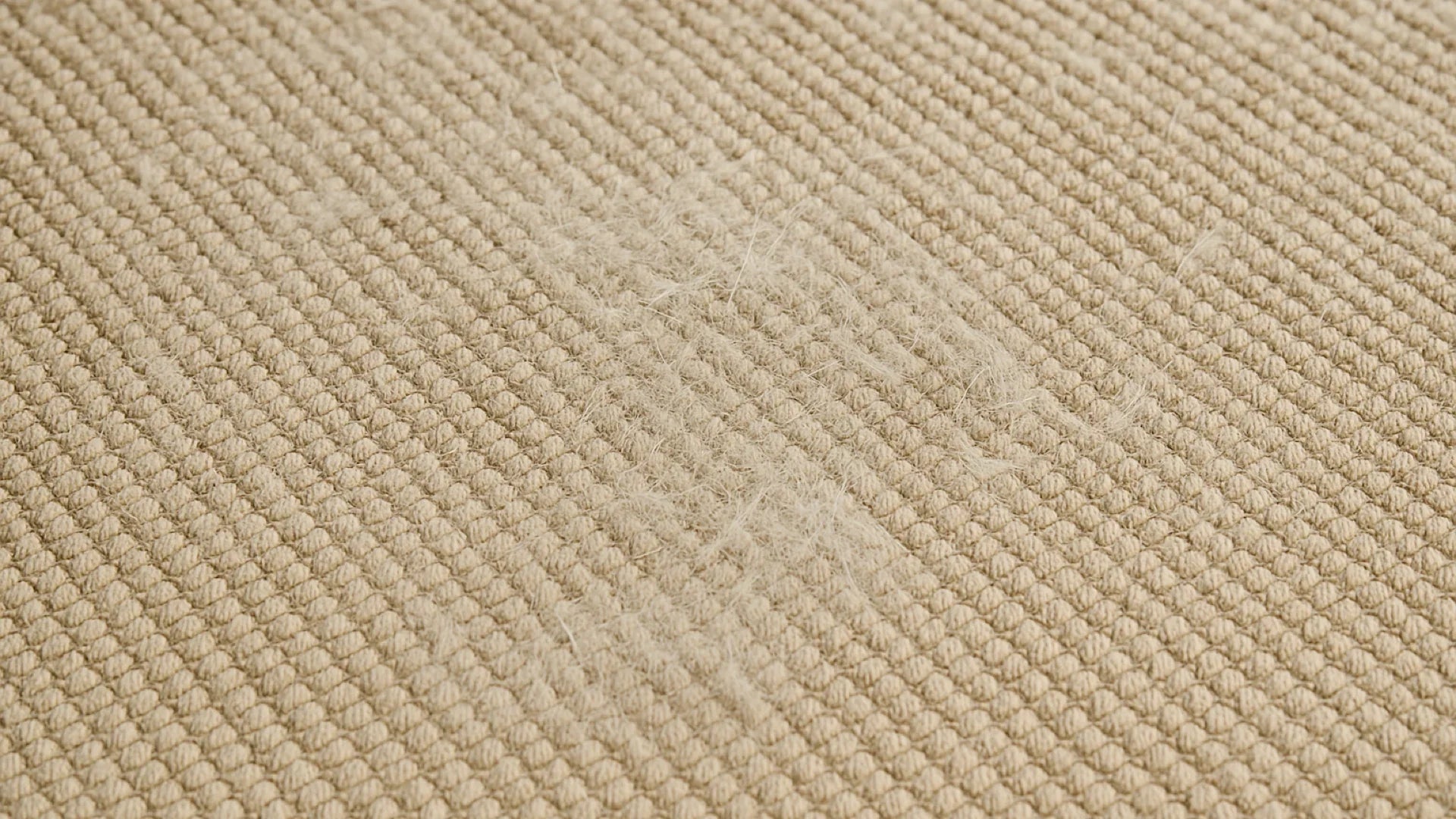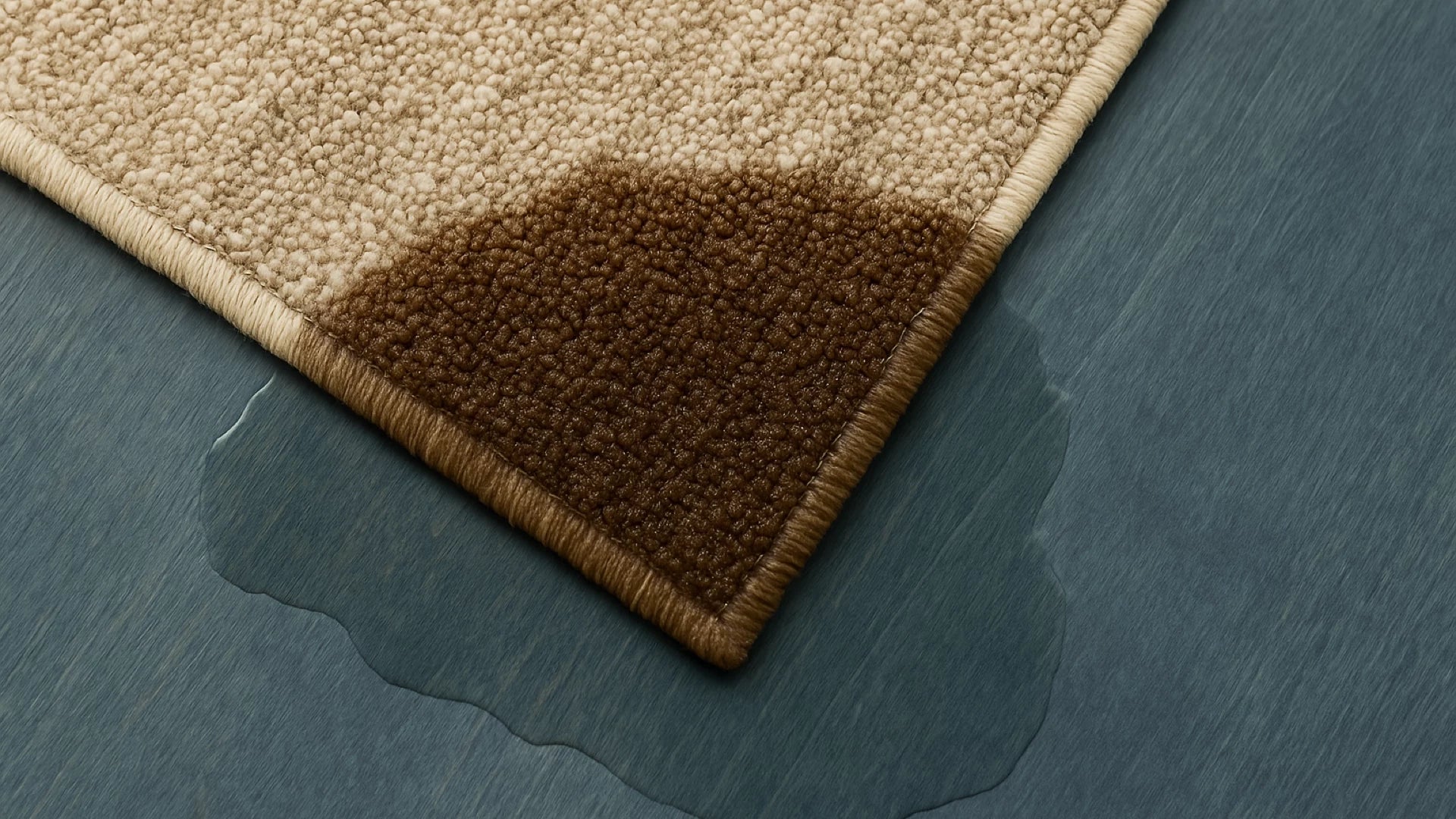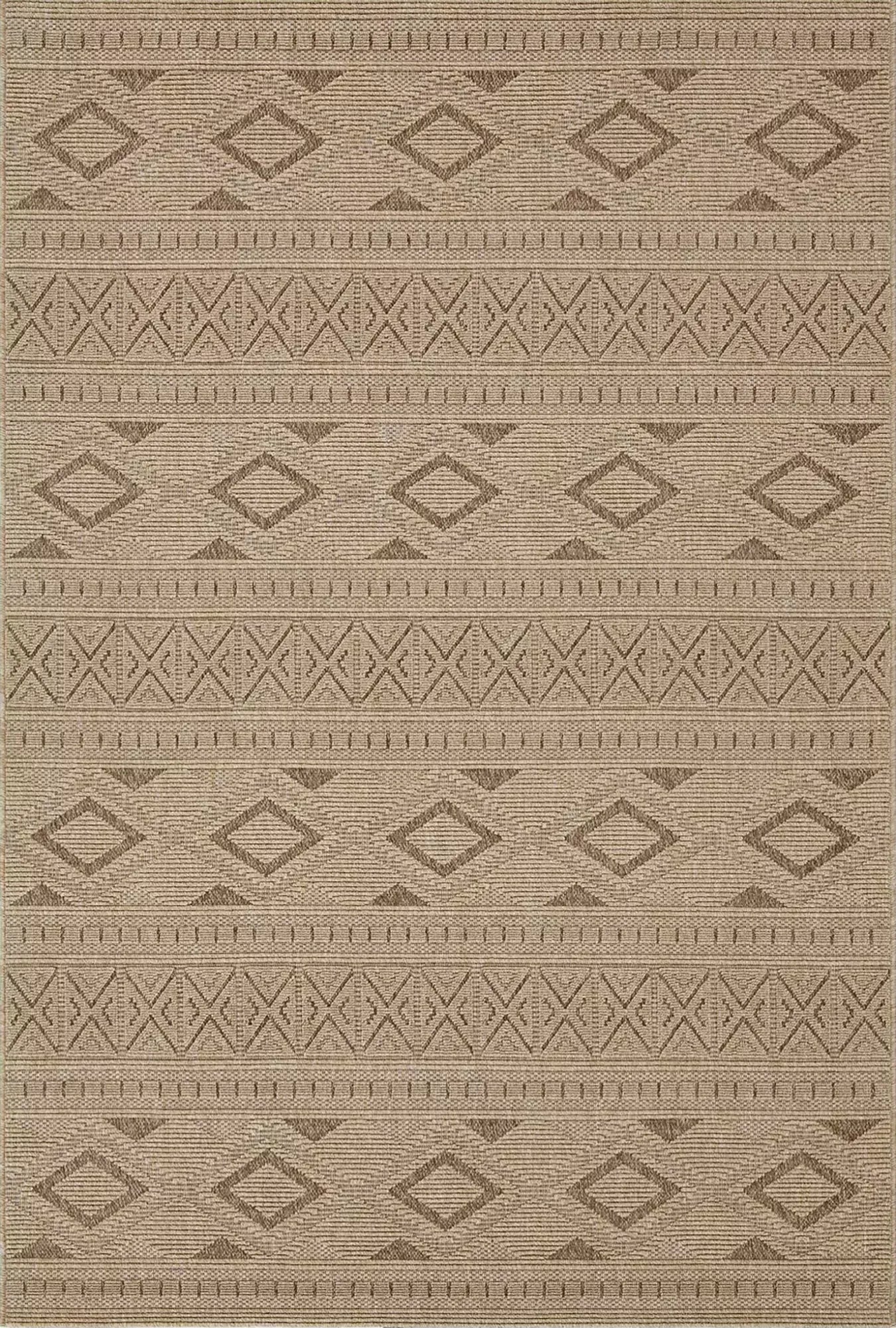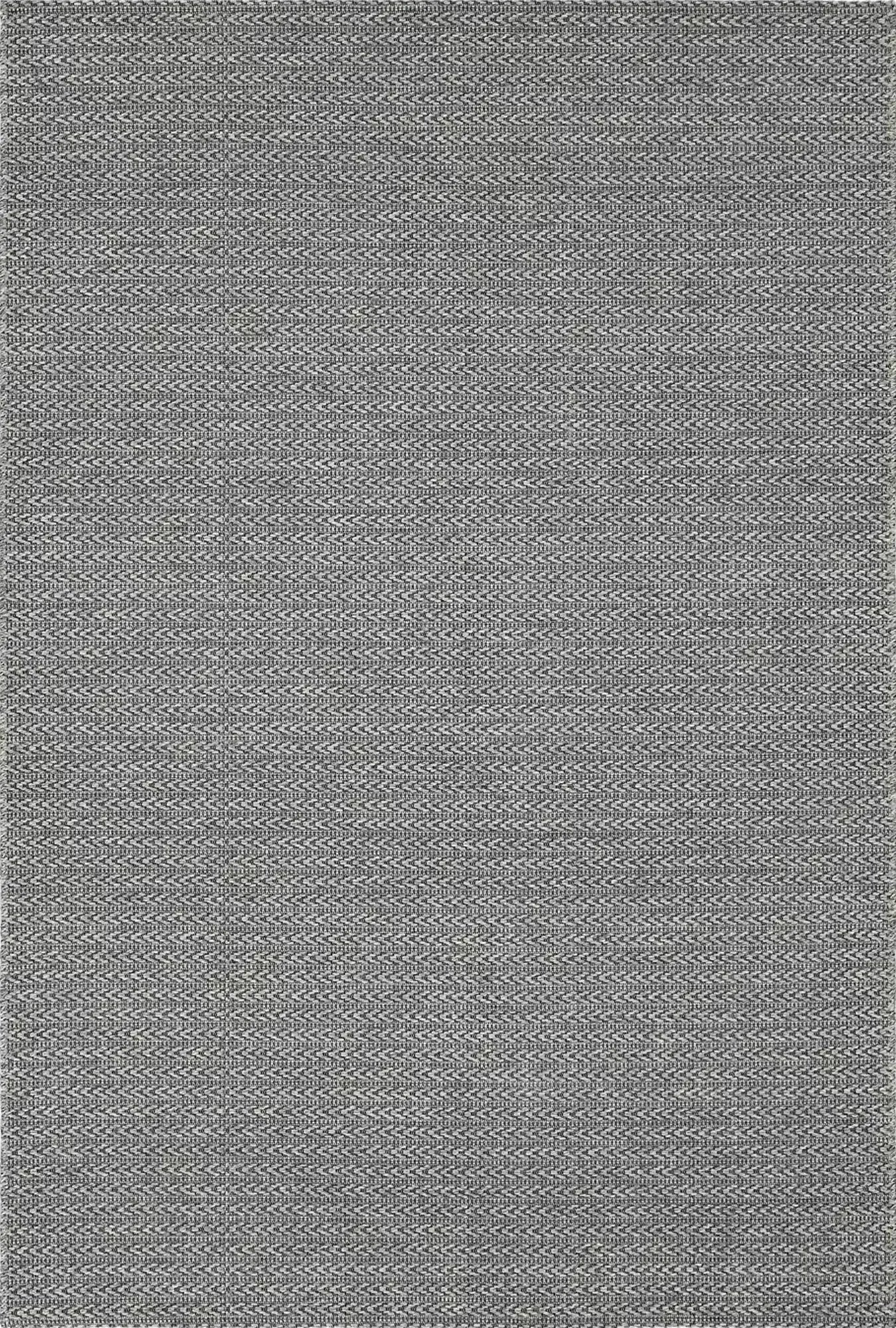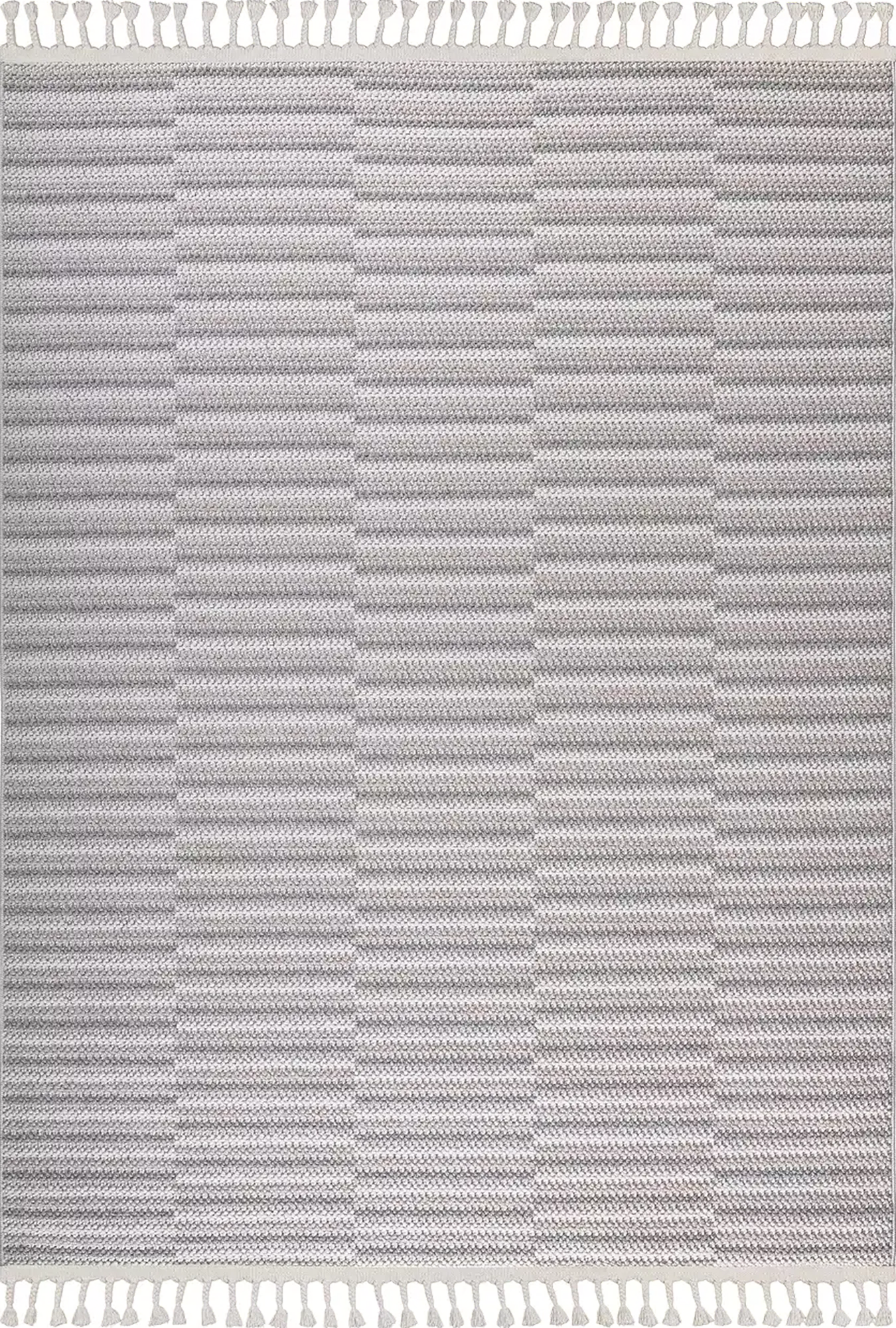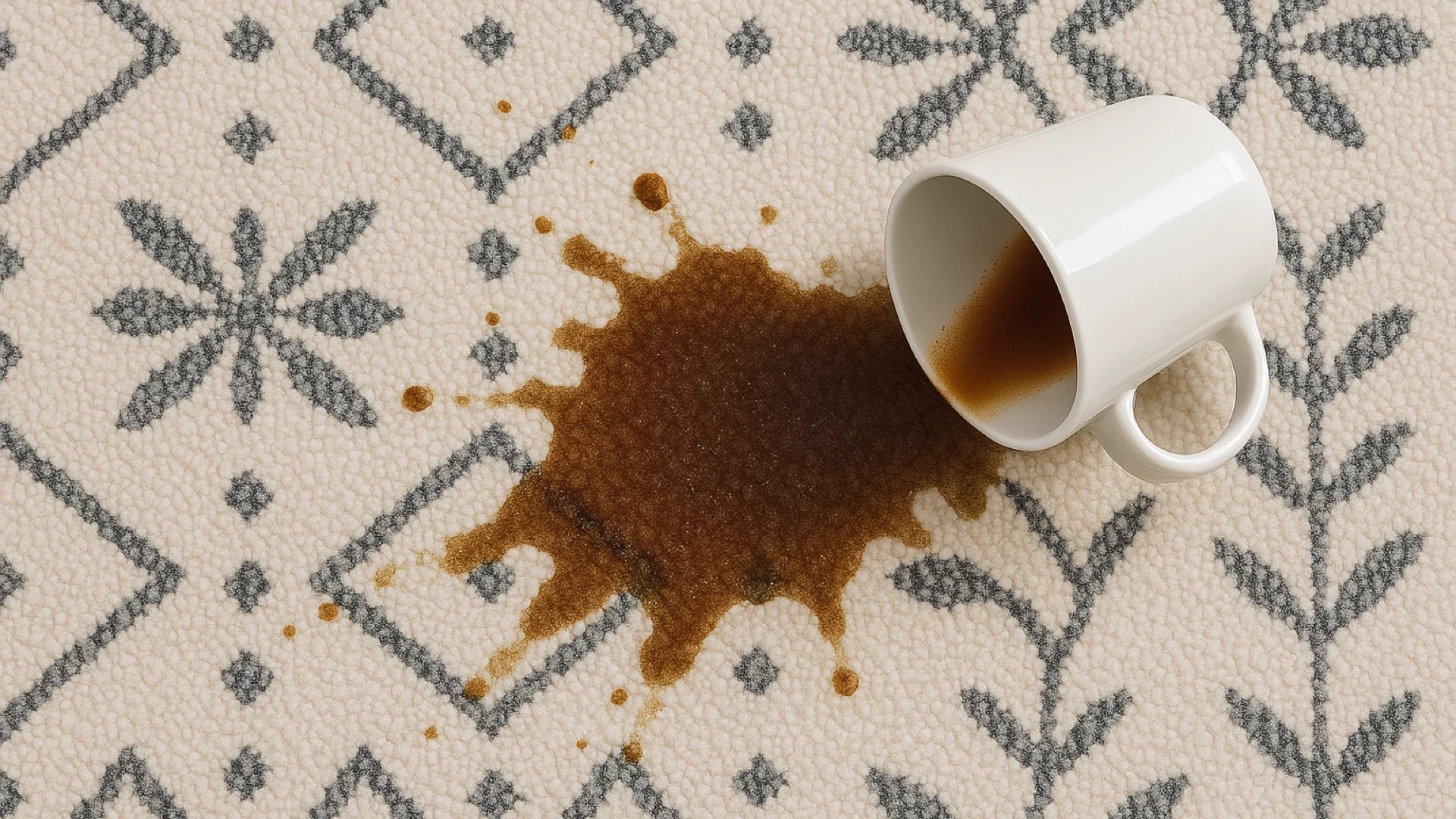
How to Clean a Rug Without Damaging It
Rugs are one of the most important design pieces in a home. They tie a room together, add comfort underfoot, and bring in texture, warmth, and color. But no matter how beautiful a rug is, it won’t look good for long if it’s dirty. Cleaning your rug regularly helps maintain its look and prolongs its lifespan—but if you clean it incorrectly, you risk damaging the fibers, dulling the colors, or ruining the backing. That’s why we’ve created this comprehensive guide to help you clean your rug the right way, without causing any harm.
Understand Your Rug Material
Before you apply any water or cleaner to your rug, you need to know what it’s made of. Different materials have different sensitivities, and treating them all the same can lead to serious damage. Here's how to identify your rug type:
- Wool: Soft, warm, and naturally durable, but sensitive to moisture and heat. Wool rugs should never be soaked.
- Cotton: Lightweight and more forgiving, many cotton rugs are machine washable (check the label).
- Synthetic (Polypropylene, Nylon, Polyester): These are the most forgiving rugs and are typically easy to clean and maintain.
- Silk: Delicate and luxurious—should always be professionally cleaned.
- Jute, Sisal, and Seagrass: Natural fiber rugs that are extremely sensitive to water and prone to staining.
General Cleaning Routine
Maintaining your rug’s cleanliness doesn’t require weekly deep cleans. With a few regular habits, you can avoid dirt buildup and keep your rug looking vibrant.
1. Shake and Beat the Rug
For smaller rugs, take them outside and give them a good shake. For more thorough cleaning, hang them over a railing or clothesline and beat them with a broom handle or rug beater to loosen dust and debris from deep in the fibers.
2. Vacuum Both Sides
Vacuum your rug at least once a week. Use suction only for delicate rugs like wool or silk—avoid using a beater bar or rotating brush unless the rug can handle it. Vacuum both the front and back of the rug to remove embedded dirt and grit.
3. Rotate Regularly
Rotate your rug every few months to ensure even wear, especially if it’s in a high-traffic area. This also helps prevent fading in one spot if the rug is exposed to sunlight.
Spot Cleaning Tips
Spills happen—especially if you have kids, pets, or host often. Spot cleaning quickly and correctly can prevent long-term stains.
- Blot immediately with a clean, absorbent cloth—never rub.
- Use a solution of mild dish soap and cold water for synthetic and cotton rugs. For wool, use a wool-safe cleaner.
- Test your solution on a hidden corner before treating a visible area.
- Blot with clean water to remove soap residue and then dry with a clean towel.
Deep Cleaning Techniques by Rug Type
Every few months, a more thorough cleaning may be necessary. Here's how to handle that, based on material:
Wool Rugs
- Vacuum thoroughly first.
- Use a wool-safe cleaner diluted in water. Apply with a sponge or cloth without soaking the rug.
- Rinse gently and let air dry completely, laying flat and out of sunlight.
Cotton Rugs
- Machine wash only if the label says it’s safe. Use cold water and a gentle cycle.
- Air dry flat to avoid shrinking or warping.
Synthetic Rugs
- Use a carpet shampoo or a mild detergent in cold water.
- You can hose down the rug outdoors if needed, but let it dry completely in a shaded area.
Natural Fiber Rugs (Jute, Sisal)
- Never soak with water—spot clean with minimal moisture.
- Sprinkle baking soda to absorb odors, let sit, and vacuum thoroughly.
Silk Rugs
Always consult a professional. Even a small mistake can cause irreversible damage to silk rugs.
Drying Your Rug
Proper drying is as important as cleaning. Here’s how to do it right:
- Never use a dryer unless your rug is small and specifically labeled machine washable.
- Lay flat on a clean, dry surface with good airflow.
- Flip occasionally to ensure both sides dry evenly.
- Avoid direct sunlight for wool and natural fibers to prevent fading.
Natural Cleaning Alternatives
If you prefer to avoid chemicals, try these gentle and eco-friendly options:
- Baking soda: Great for absorbing odors and moisture. Sprinkle, let sit, then vacuum.
- White vinegar: Mix with water for an all-purpose spot cleaner.
- Castile soap: A natural, mild soap alternative for handwashing delicate rugs.
Common Mistakes to Avoid
- Soaking the rug completely: This can cause mold, mildew, and fiber breakdown.
- Using hot water: May shrink or damage rug fibers, especially wool and cotton.
- Scrubbing: Damages fibers and spreads stains.
- Not testing products first: Always test in an inconspicuous spot.
How Often Should You Clean Your Rug?
- Vacuuming: Weekly (or more often for high-traffic areas).
- Spot cleaning: Immediately after spills.
- Deep cleaning: Every 6 to 12 months depending on usage.
When to Call a Professional
If your rug is very valuable, vintage, silk, or deeply stained, it’s best to work with a rug cleaning professional. They use specialized tools and pH-balanced cleaners that protect your rug’s integrity.
Storing Your Rug
If you’re storing your rug during a season or renovation:
- Roll it—never fold.
- Wrap it in breathable fabric like muslin or cotton.
- Store it in a cool, dry place away from moisture and sunlight.
Final Thoughts
Cleaning your rug doesn’t have to be a daunting task. By understanding your rug’s material, treating it gently, and following the right steps, you can extend its life and preserve its beauty. Whether it’s a family heirloom or a modern synthetic piece, a clean rug always feels better underfoot.
Want a rug that’s easier to care for? Explore our collection of washable and easy-to-clean rugs made for real life.
